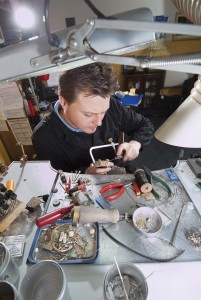Bridging the gap

So how can we bring the two sides closer together? Understanding what is happening in industry and in the schools is a start. Most, if not all, governmental educational institutions have some kind of advisory body offering industry an opportunity for input on a wide range of topics, such as curriculum development, best practices, understanding of trends and standards, support for scholarships, awards, and capital procurement.
While industry provides important and valuable insight into what is needed, it is not possible to achieve all goals in one program.
“Employers tell us we need to teach more repairs,” Merrall says. “However, students often tell us they want to learn to be self-employed. These two things are not mutually exclusive. Employers should consider taking some responsibility for training, as colleges cannot be all things to all people. If repairs are a fundamental part of your business, acknowledge that an entry-level employee will need to have more skills than soldering chains and commit to the training process.”
Land asserts, “We need to understand students are being trained in a number of different areas and that platform allows them to specialize in areas they were taught at school. Mastery at jewellery is not something that happens overnight. It is a lifelong pursuit.”
The needs of industry and educational institutes may not always be aligned. However, if they work with each other and recognize the different opportunities and limitations they each bring to the table, future generations of jewellers on both sides of the equation may be better served.
Andrea Wenckebach is a studio jeweller, as well as the academic program technician and part-time faculty member for the jewellery and metals program at Georgian College in Barrie, Ont. She can be reached at andrea.wenckebach@georgiancollege.ca.





